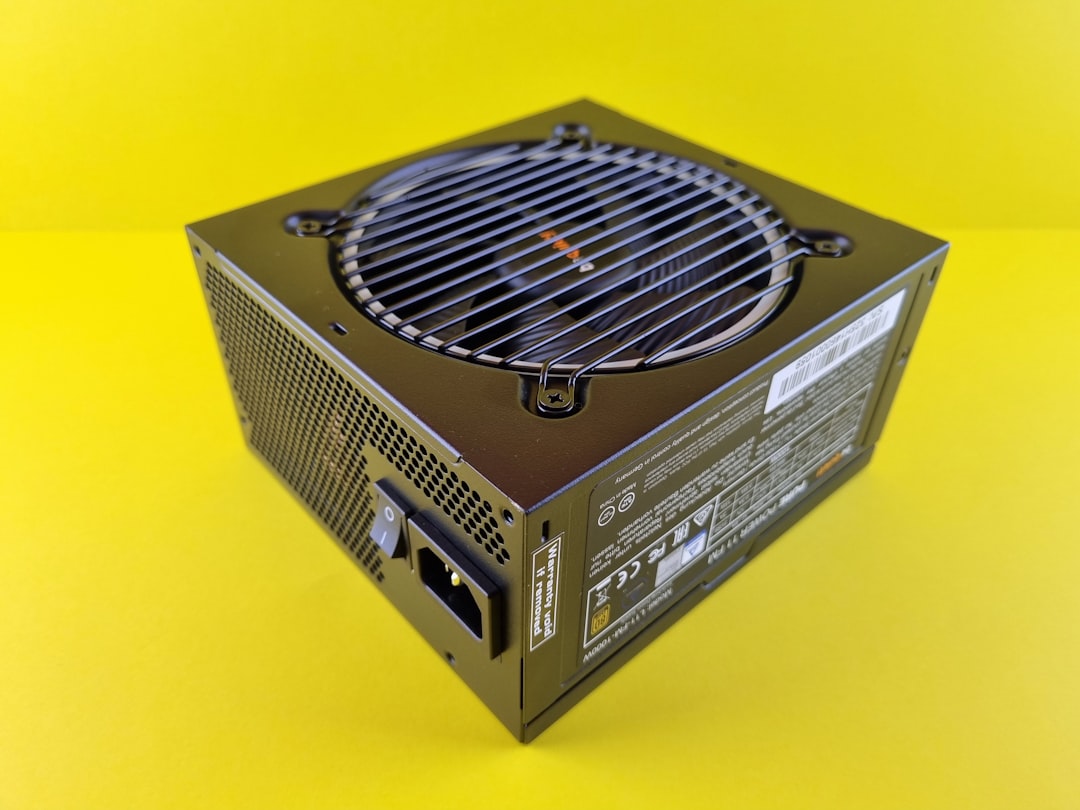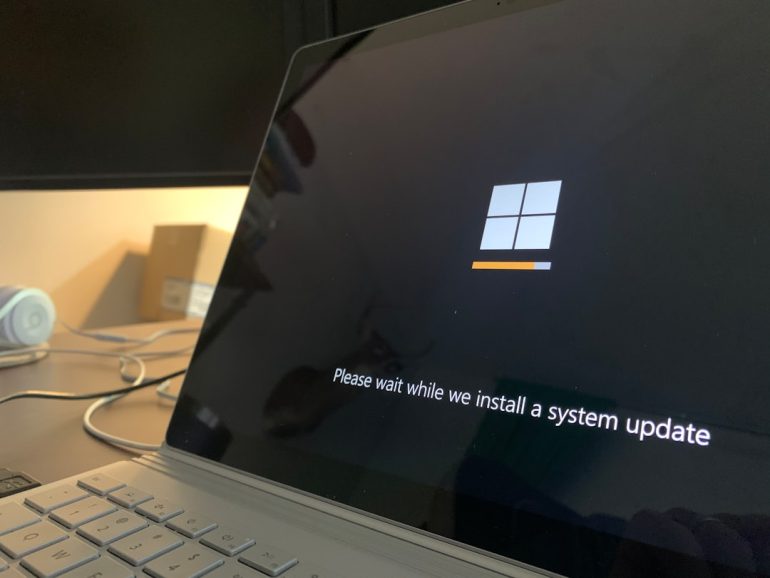RX 7700 XT vs RTX 4060 Ti: Midrange Face-Off
Choosing the right graphics card can be tough. Especially if you’re stuck between the RX 7700 XT and the RTX 4060 Ti. These two midrange GPUs promise great gaming performance without costing your entire wallet. But which one is the real winner?
TL;DR
Table of Contents
The RX 7700 XT offers more raw power and better performance in most modern titles. The RTX 4060 Ti is better at ray tracing and uses less power. If you want higher frame rates and don’t care as much about ray tracing, go with AMD. If you care about DLSS and RTX features, Nvidia’s card may be for you.
Specs Showdown
Let’s check the numbers first. They don’t tell the whole story, but hey, they’re a good start.
- RX 7700 XT
- 12GB GDDR6 memory
- 3840 Stream Processors
- 192-bit memory bus
- Game Clock ~2171 MHz
- Power Draw: 245W
- MSRP: ~$450
- RTX 4060 Ti
- 8GB GDDR6 memory (also has a 16GB version)
- 4352 CUDA cores
- 128-bit memory bus
- Base Clock ~2310 MHz
- Power Draw: 160W
- MSRP: ~$400 (8GB), ~$500 (16GB)
At first glance, AMD offers more VRAM and a wider memory bus. Nvidia has a lower power draw, which means better energy efficiency. Let’s dive into the performance side.
Gaming Performance
Here’s where things get real. We tested both cards in popular 1080p and 1440p games.
- Cyberpunk 2077 (High Settings, 1440p):
- RX 7700 XT: ~72 FPS
- RTX 4060 Ti: ~62 FPS
- Call of Duty: MW2 (Ultra, 1080p):
- RX 7700 XT: ~145 FPS
- RTX 4060 Ti: ~135 FPS
- Hogwarts Legacy (Ultra, 1440p):
- RX 7700 XT: ~65 FPS
- RTX 4060 Ti: ~55 FPS

As you can see, AMD’s card pulls ahead in most traditional rasterized games. The extra VRAM helps, especially at 1440p, where textures and assets demand more memory.
Ray Tracing and Upscaling
This is where Nvidia starts to fight back. The RTX 4060 Ti benefits from mature and advanced features like DLSS 3 and ray tracing.
With DLSS turned on, Nvidia’s card catches up or even surpasses AMD in some games. Ray tracing still isn’t AMD’s strong suit, and the 7700 XT shows slower performance with these settings activated.
- Control (Ray Tracing On, DLSS Quality mode, 1080p):
- RTX 4060 Ti: ~85 FPS
- RX 7700 XT: ~55 FPS
So if you’re a big fan of ray tracing or you want games to look super pretty with less hit to frame rates, Nvidia’s technology is worth it.
Power Consumption and Thermals
This might not seem fun, but it’s important! The RTX 4060 Ti uses about 85 watts less power than the RX 7700 XT. It also runs cooler and is quieter in most builds.

If you’re using a small case or don’t have the beefiest power supply, Nvidia may be a better choice. Energy efficiency also means potentially lower fan noise and less heat overall.
VRAM – Does 12GB Beat 8GB?
This is a hot debate. Some newer games are starting to need more than 8GB of VRAM, especially at 1440p or when using big texture packs.
The RX 7700 XT has 12GB, while the base 4060 Ti comes with 8GB. There’s a 16GB model, but it costs more — often the same or more than AMD’s card. This puts Nvidia in a weird spot.
In games like The Last of Us Part I or Resident Evil 4 Remake, VRAM usage spikes higher than 8GB. That means AMD’s extra memory can prevent stuttering and texture pop-ins.
Content Creation and Productivity
If you’re doing more than gaming, this matters too. Video editing, 3D rendering, or AI tasks all lean on your GPU.
- RTX 4060 Ti has better support for applications like:
- Adobe Premiere Pro
- Davinci Resolve (with CUDA acceleration)
- Blender with OptiX
- RX 7700 XT does fine, but AMD’s support isn’t as deep here.
Nvidia’s CUDA cores and software support give it an edge in productivity tasks, especially in pro environments.
Drivers and Features
This one’s more about experience. Nvidia is known for stable drivers and frequent updates. AMD has caught up a lot in recent years, but some users do report driver hiccups.
As for features, here’s a quick rundown:
- Nvidia
- DLSS 3
- Ray tracing maturity
- Reflex for latency reduction
- ShadowPlay and Broadcast
- AMD
- FSR 2 (not as good as DLSS)
- Radeon Super Resolution (driver-level upscaling)
- Anti-Lag+ for latency
- Smart Access Memory (works best with Ryzen CPUs)
Price vs Performance
This may be the dealbreaker for many shoppers. Let’s be honest—most of us want the most bang for our buck.
At ~$450, the RX 7700 XT offers better raw gaming performance than the 8GB 4060 Ti at ~$400. The 16GB 4060 Ti is priced weirdly high and often doesn’t justify the bump unless you need Nvidia-specific features.
If pure gaming is your goal and you don’t care about ray tracing or power savings, the AMD card is the better value. But if you need Nvidia’s tools, ray tracing capabilities, or a GPU that’s cooler and more efficient, go with a 4060 Ti — just make sure it’s the right version.
The Final Verdict
So, who wins this midrange battle?
- Go RX 7700 XT if:
- You want better performance in most games.
- You play at 1440p, and VRAM matters to you.
- You want the best value per dollar in pure FPS.
- Go RTX 4060 Ti if:
- You care about upscaling and ray tracing.
- You work with creative applications that use CUDA.
- You need a power-efficient and cooler card.
And That’s a Wrap
The RX 7700 XT and RTX 4060 Ti both have their perks. Neither is a bad choice, but depending on your needs, one might suit you much better.
For raw value and frames? AMD wins. For fancy features and power savings? Nvidia has the







